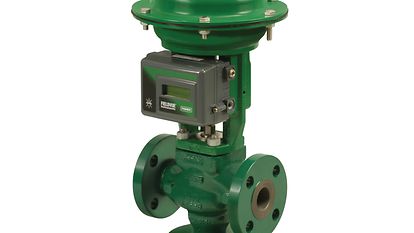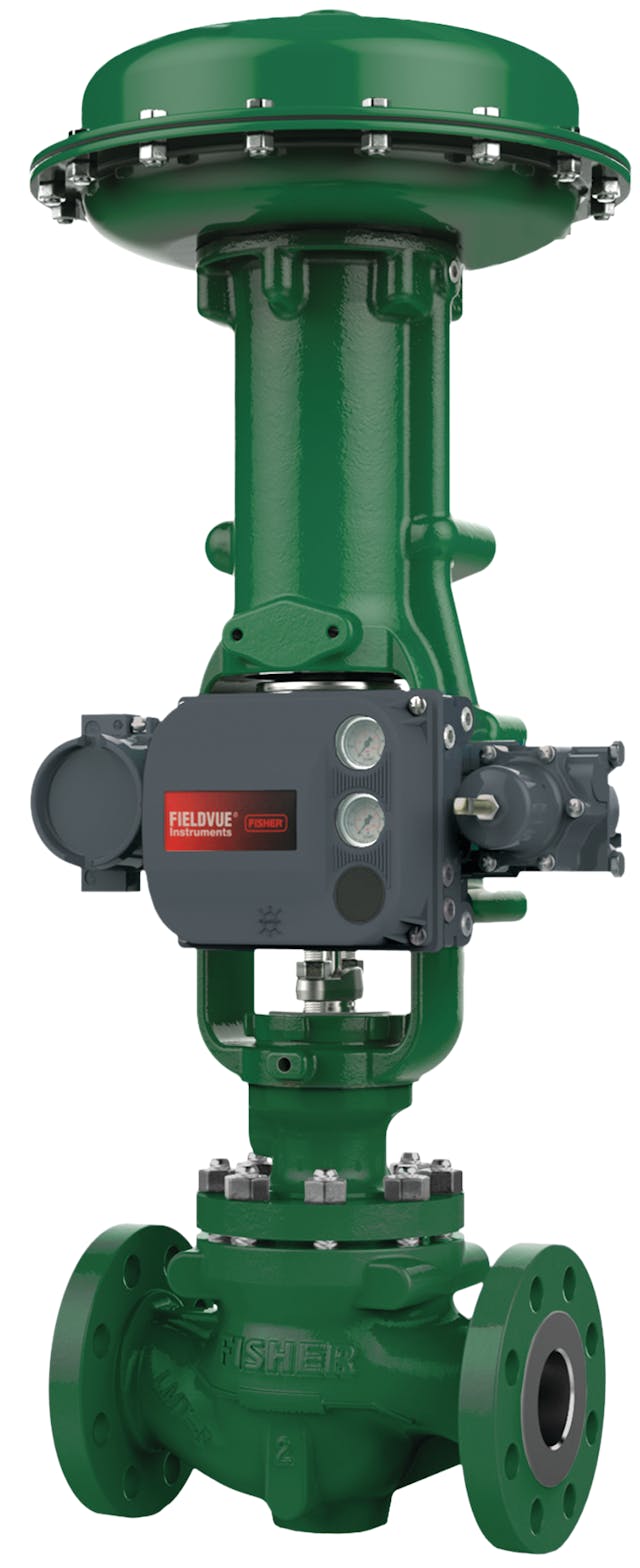Understanding the Importance of Control Valves in Process Automation
Understanding the Importance of Control Valves in Process Automation
Blog Article

Maximize Energy Savings and Comfort With Advanced Structure Automation Controls
In the world of modern-day style and facility monitoring, the combination of advanced building automation manages stands as an essential development. By using the power of automation, buildings can adjust, respond, and evolve in methods that were when inconceivable.
Power Effectiveness Perks
Power performance benefits can dramatically minimize energy consumption and operational prices in structures. By carrying out energy-efficient practices and modern technologies, building proprietors and operators can accomplish substantial financial savings while additionally adding to environmental sustainability. One of the primary benefits of improving power efficiency in buildings is the reduction of energy costs. Energy-efficient systems, such as advanced structure automation controls, can optimize using resources like heating, lights, and air conditioning, resulting in reduced power expenditures gradually.
Moreover, boosted power performance can prolong the lifespan of structure equipment and systems. By operating extra successfully, heating and cooling systems, lighting fixture, and various other building elements experience much less wear and tear, resulting in lowered maintenance and replacement expenses. In addition, energy-efficient structures frequently command higher residential or commercial property values and rental rates, giving long-lasting monetary advantages to owners.
In addition, energy effectiveness can boost owner convenience and efficiency. Correctly controlled interior atmospheres with ideal lighting and thermal conditions create a more pleasant and favorable workspace, bring about improved staff member satisfaction and efficiency. Overall, the energy effectiveness benefits related to advanced building automation controls are multifaceted, encompassing price financial savings, environmental stewardship, and resident health.
Improved Comfort Control
Enhancing convenience control in structure atmospheres requires a sophisticated integration of advanced automation systems for ideal passenger health. By using innovative building automation controls, facilities can customize the interior setting to satisfy the certain requirements and preferences of occupants. These systems enable specific policy of ventilation, illumination, and temperature, producing a efficient and comfortable atmosphere. Passenger fulfillment and productivity are closely connected to thermal comfort, making it vital to have systems in position that can adapt to transforming conditions in real-time.
Improved comfort control surpasses fundamental temperature level changes. It consists of functions such as customized settings, tenancy sensors, and all-natural light utilization to develop a dynamic and receptive environment. By integrating these sophisticated controls, buildings can not just enhance convenience yet also boost energy efficiency by optimizing system procedures based on real tenancy and use patterns. Inevitably, prioritizing resident comfort via sophisticated automation systems brings about an extra pleasurable and healthier interior setting.
Functional Efficiency Improvements

Additionally, the execution of real-time monitoring and analytics devices allows structure operators to identify energy inefficiencies and operational abnormalities without delay. By continuously keeping an eye on energy use patterns and system efficiency metrics, changes can be made in real-time to optimize energy usage and make sure peak functional efficiency. control valves. Additionally, incorporating demand reaction techniques right into building automation controls can further enhance operational effectiveness by dynamically changing energy use based upon grid problems and prices signals
Indoor Climate Optimization
Effective interior climate optimization is a fundamental aspect of structure automation controls, ensuring occupants' convenience and wellness while taking full advantage of energy financial savings. By using innovative sensing units and controls, developing automation systems can continually readjust and keep an eye on temperature, humidity levels, air high quality, and ventilation to create an optimum indoor environment. Preserving consistent and comfy conditions not only improves passenger contentment but also enhances productivity and total wellness.
Interior environment optimization likewise plays an important role in power performance. By fine-tuning ventilation, air conditioning, and heating systems based upon real-time data and tenancy patterns, developing automation controls can substantially lower energy consumption - control valves. Applying approaches such as demand-controlled air flow find out this here and thermal zoning can help decrease power waste while ensuring that each location of the building gets the necessary conditioning.

Lasting Environment Production
Building automation manages not just maximize indoor climate problems for power efficiency and passenger comfort yet likewise lay the you could check here structure for creating a sustainable atmosphere through strategic administration of resources and systems. By integrating advanced building automation modern technologies, such as sensors, actuators, and intelligent software program, facilities can monitor and change power usage in real-time to decrease waste and decrease their carbon impact. These systems make it possible for predictive upkeep, identifying prospective problems before they rise and optimizing equipment efficiency to boost long life and efficiency.
Additionally, sustainable environment creation extends beyond energy administration to include water conservation, waste decrease, and indoor air top quality enhancement. Structure automation controls can manage water use, discover leakages, and ensure proper garbage disposal techniques, adding to overall sustainability initiatives. Furthermore, by keeping an eye on and managing air flow and filtering systems, these innovations improve resident health and wellness and performance while decreasing energy consumption connected with cooling and heating procedures.
Final Thought
To conclude, progressed structure automation manages deal substantial advantages in regards to energy cost savings, comfort control, operational performance, interior climate optimization, and creating a lasting setting. By applying these controls, buildings can attain optimal performance while reducing power intake and enhancing occupant comfort. It is obvious that making use of advanced automation technology is crucial in improving structure efficiency and developing a much more sustainable future.
Energy efficiency advantages can dramatically minimize power usage and operational costs in structures. On the whole, the power performance advantages linked with advanced building automation controls are multifaceted, encompassing price financial savings, environmental stewardship, and owner wellness.
In addition, including demand response methods right into building automation controls can additionally boost operational performance by dynamically readjusting power usage based on grid conditions and prices signals.
Building automation regulates not only enhance interior environment problems for energy effectiveness and owner convenience however additionally lay the structure for creating a lasting atmosphere with strategic management of systems and resources.In final thought, advanced blog here building automation controls deal considerable benefits in terms of power cost savings, convenience control, functional efficiency, interior environment optimization, and developing a lasting atmosphere.
Report this page